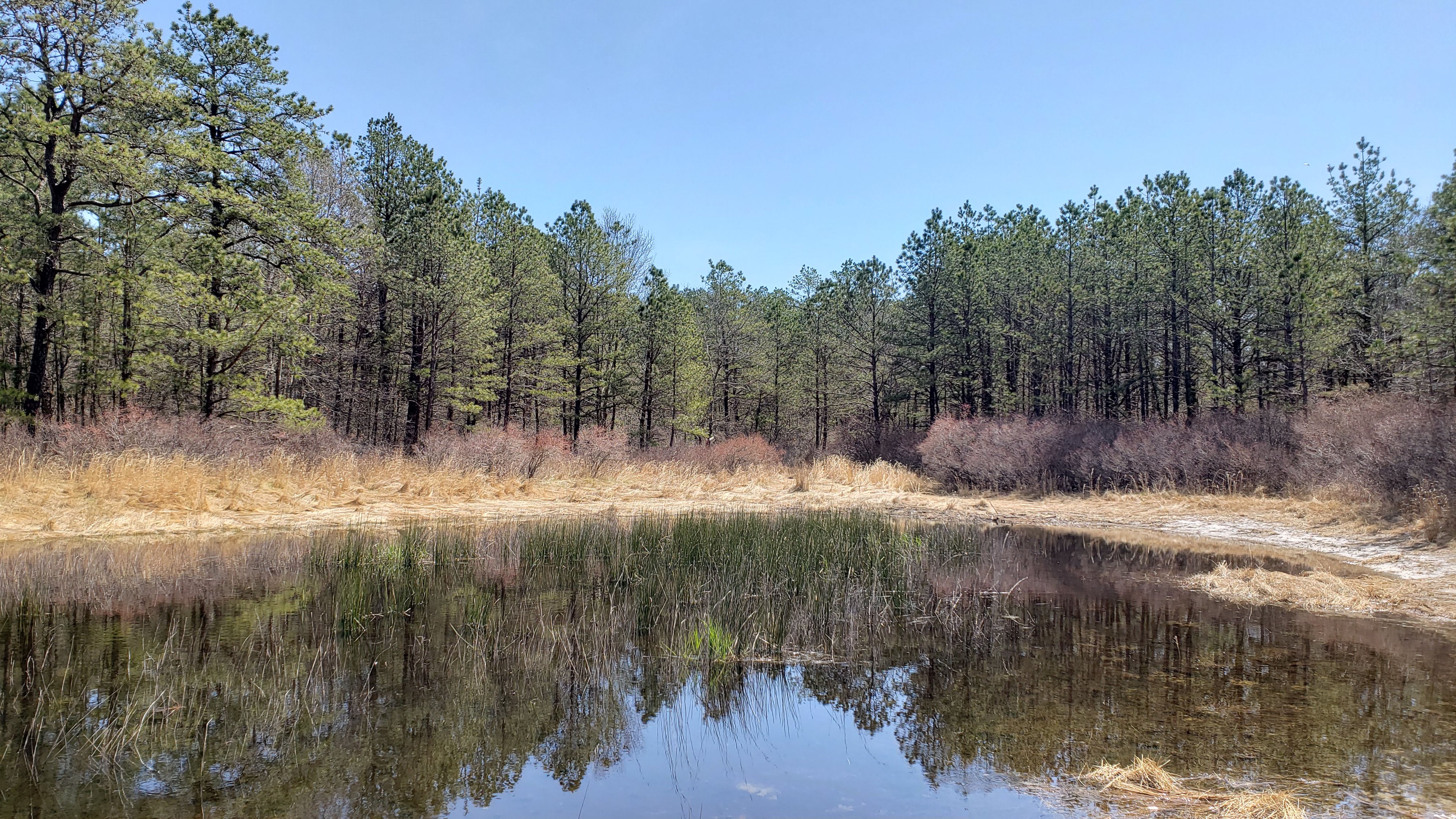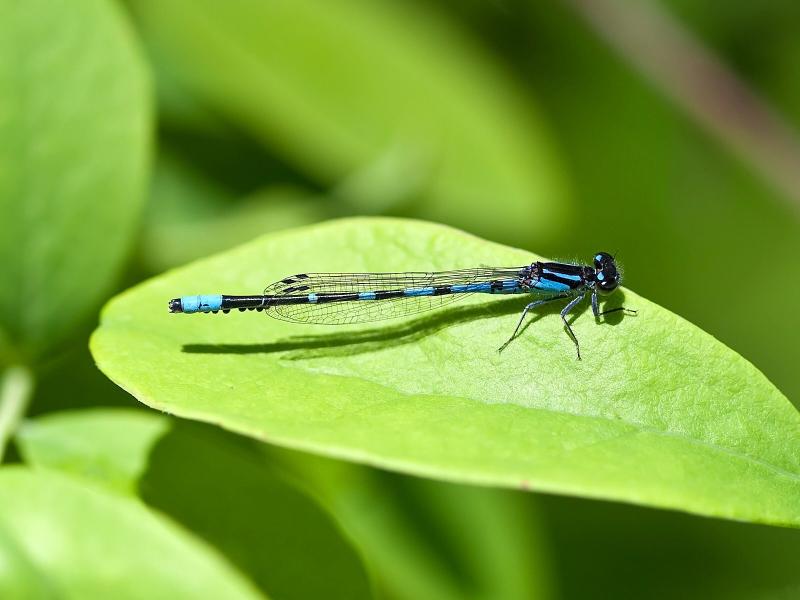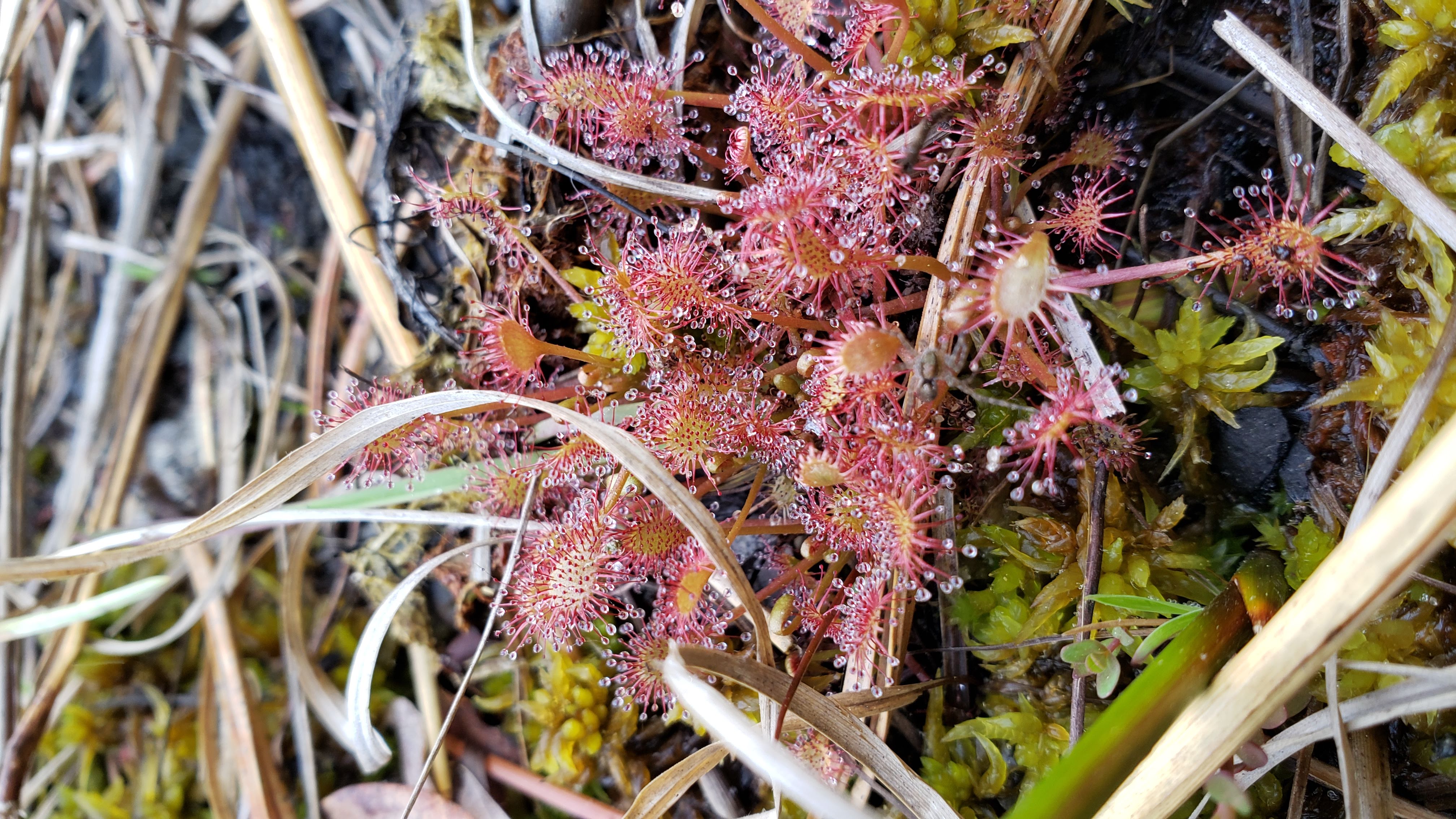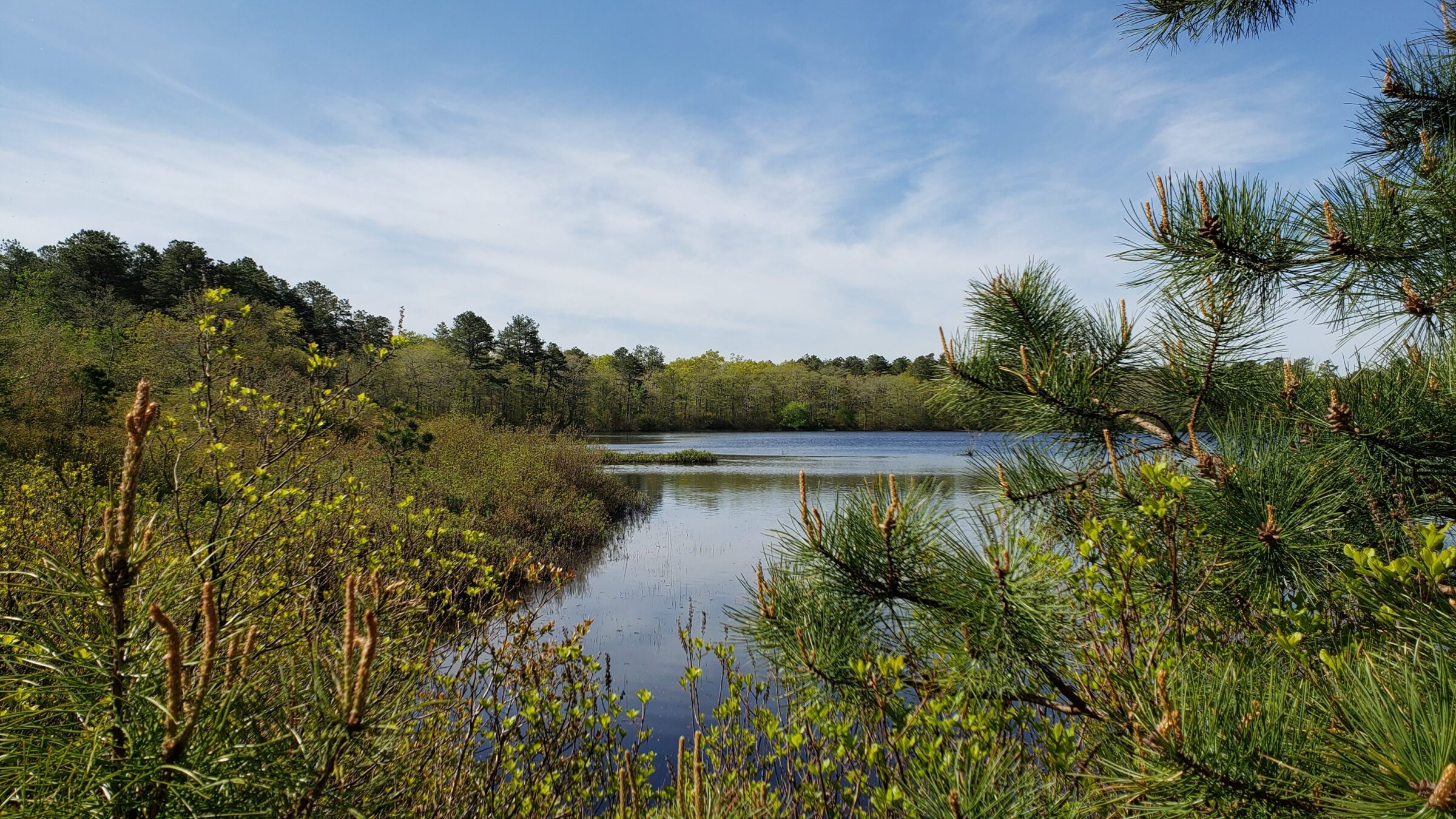Long Island’s Central Pine Barrens boast the greatest diversity of plants and animals anywhere in New York State. What does this mean? The Long Island Pine Barrens house the greatest variety of animal and plant species in all of New York. It is home to thousands of different plants and animals, many of which are rare and endangered. Much of that biodiversity can be found in and around the Pine Barrens’ Coastal Plain Ponds.

Coastal Plain Pond within Brookhaven State Park (K.Brown)
Long Island’s Coastal Plain Ponds are one of the rarest and most fragile wetland ecosystems in North America. According to the New York Natural Heritage Program, there are just over 30 documented coastal plain pond shores in New York. One thing you will notice when identifying a Coastal Plain Pond, is that there are no contributing bodies of water. These ponds are not stream or river-fed but instead, are fed by groundwater. The pond levels will often rise and fall with the water table, as they are dependent on precipitation levels. That’s why Coastal Plain Ponds can look radically different depending on the season. If pond levels are low, it’s important to not walk within the pond area, to avoid trampling rare plants.
Within the coastal plain pond ecosystem, you may find several rare amphibians, fish and insects. This includes the endangered Eastern Tiger Salamander and the threatened Banded Sunfish. The Coastal Plain Ponds are also home to a special species of damselfly endemic to Long Island, the Pine Barrens Bluet. This damselfly is named after our Pine Barrens because it can only be found along the coastal plain pond shores of our Pine Barrens.

Pine Barrens Bluet Damselfly (Steve Walter)
Explorers will also encounter rare plant species, such as Atlantic White Cedar, Green Screwstem, Primrose-leaf Violet, and carnivorous plant species such as the Pitcher Plant, Sundew and Floating Bladderwort.

Spatulate-leaved Sundews along the shores of a Coastal Plain Pond (K.Brown)
While these ecosystems are beautiful and special, they are unfortunately threatened. These threats include: roadway and agricultural runoff, nitrogen pollution, increased groundwater withdrawal, trampling of vegetation and invasive plant and animal species. In particular, since these ponds are dependent on groundwater flow – anything that impacts our water quality will also impact the health of these ecosystems.
If you’re looking to check out a Coastal Plain Pond for yourself, you can pay a visit to Brookhaven State Park, Ridge Conservation Area, Calverton Ponds Preserve, Sears Bellow County Park, or the Long Pond Greenbelt. Please be mindful of these fragile and sensitive ecosystems – take special care to not trample any vegetation and leave no trace. Leave with only memories and pictures.
By: Katie Muether Brown, Long Island Pine Barrens Society


